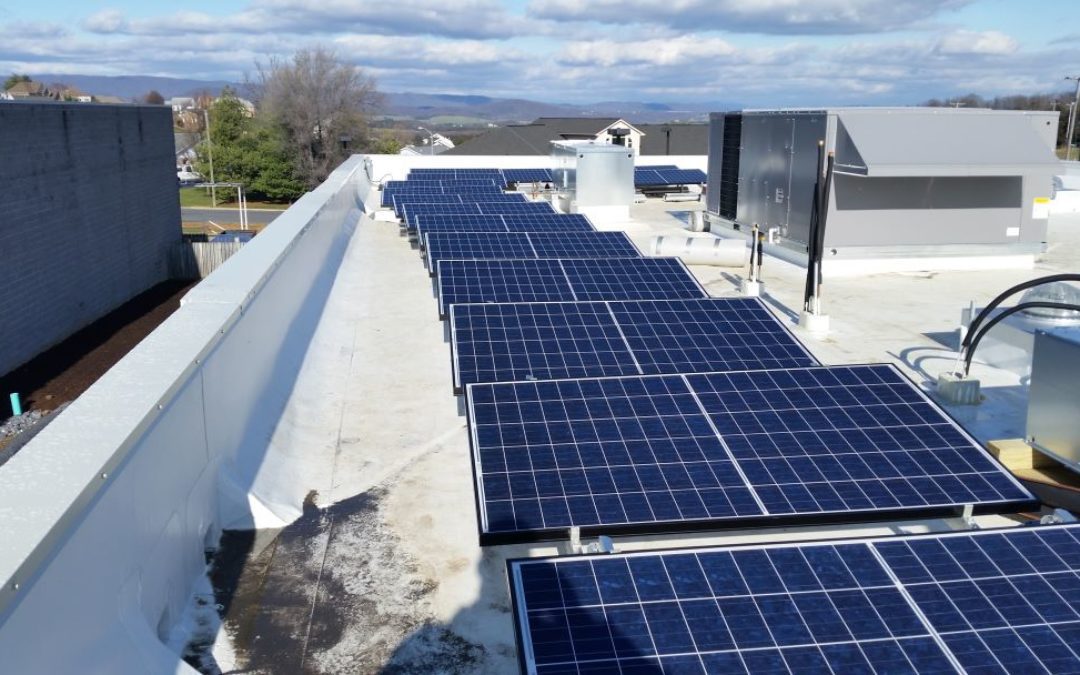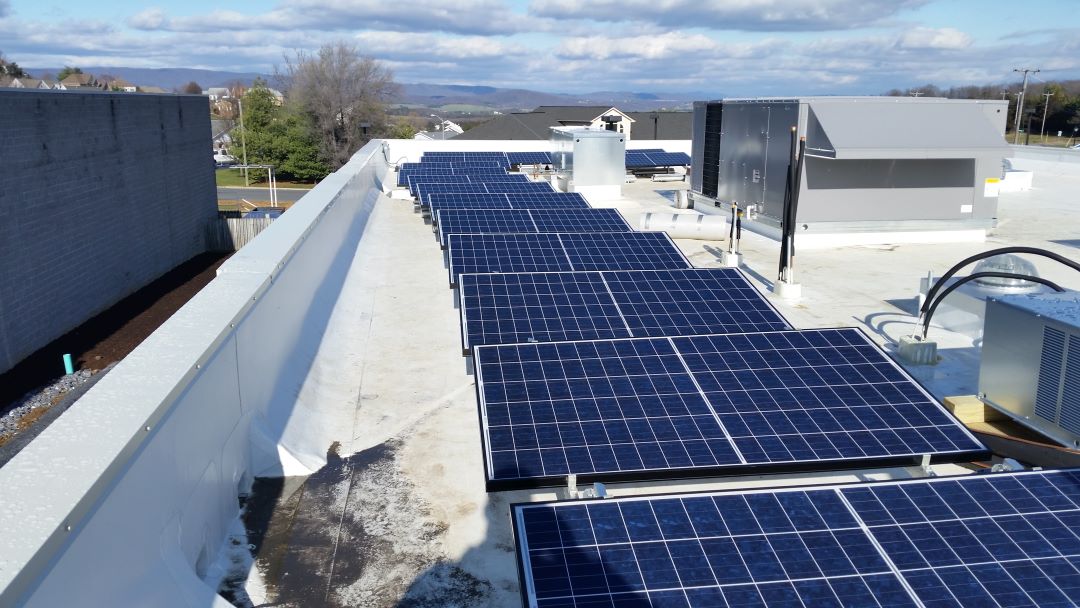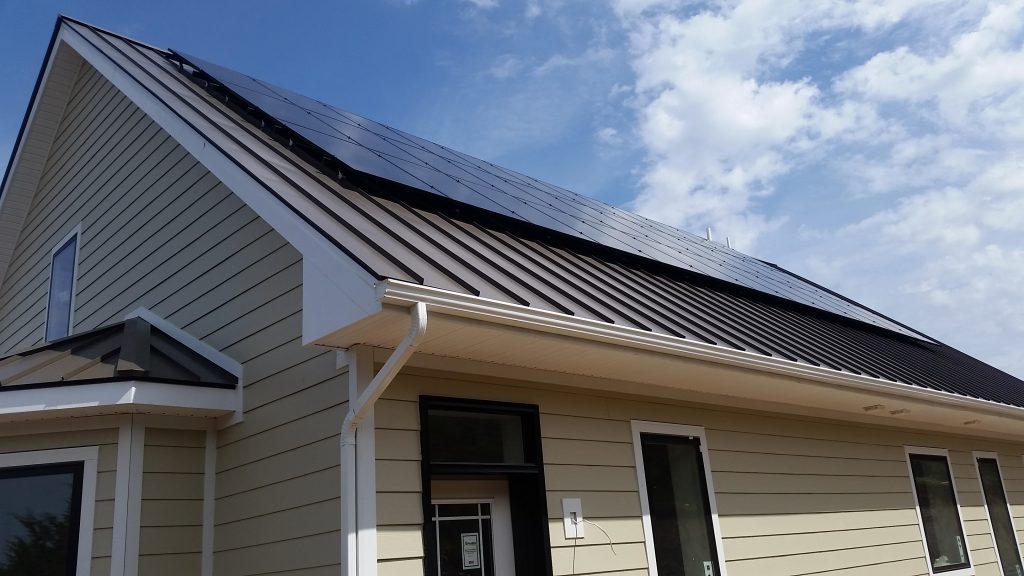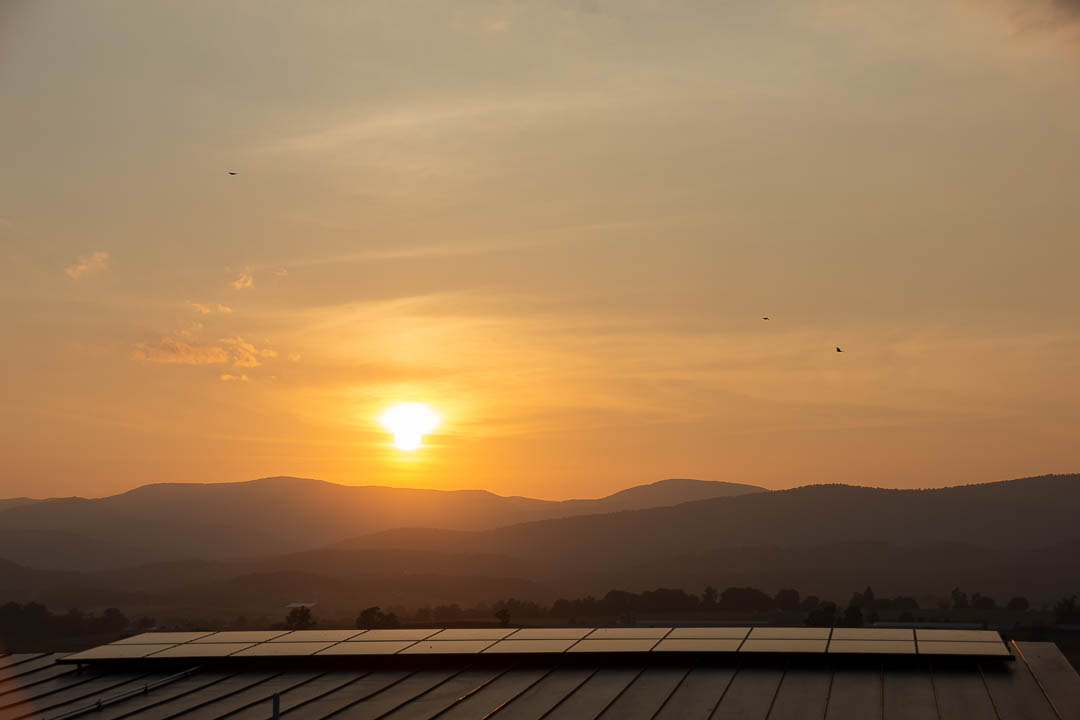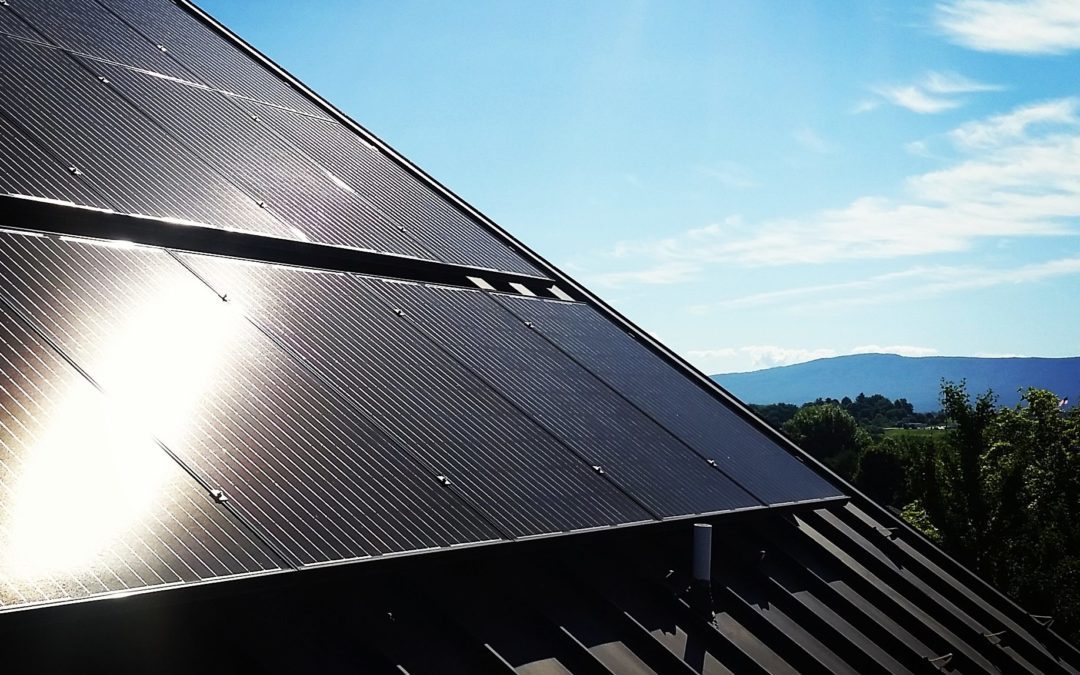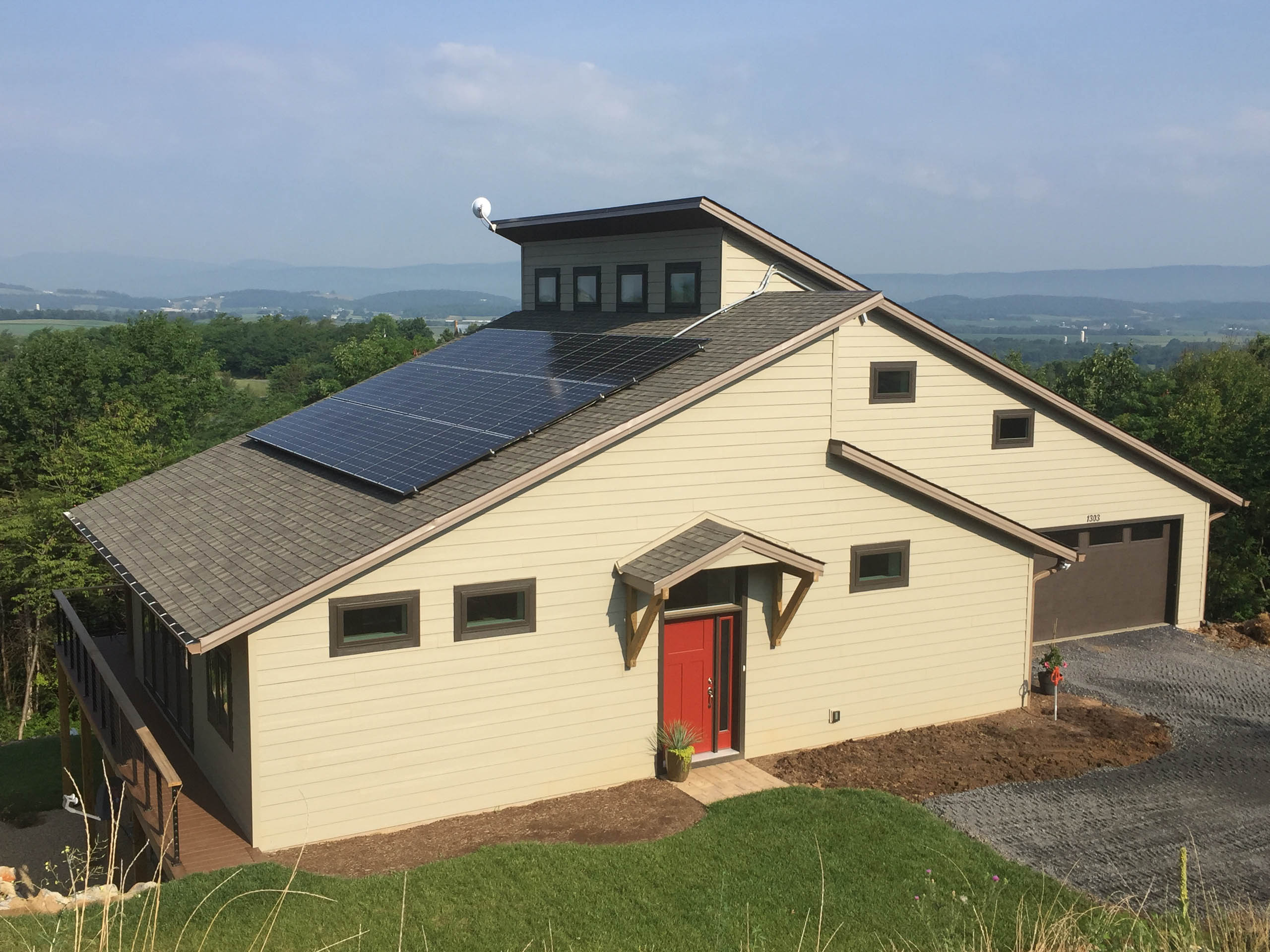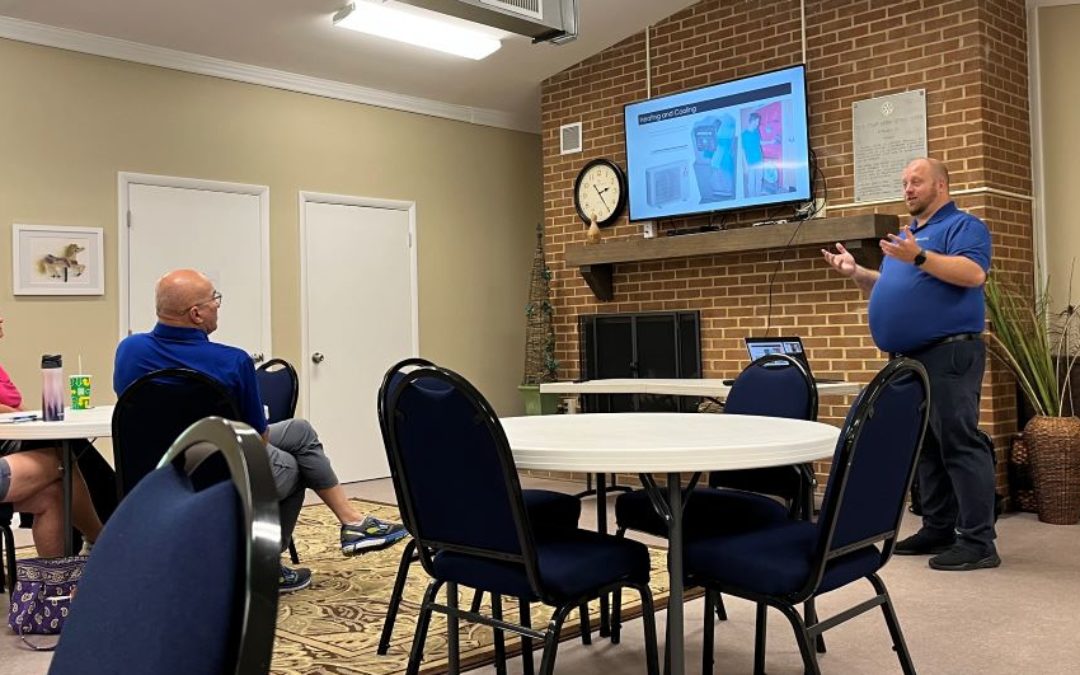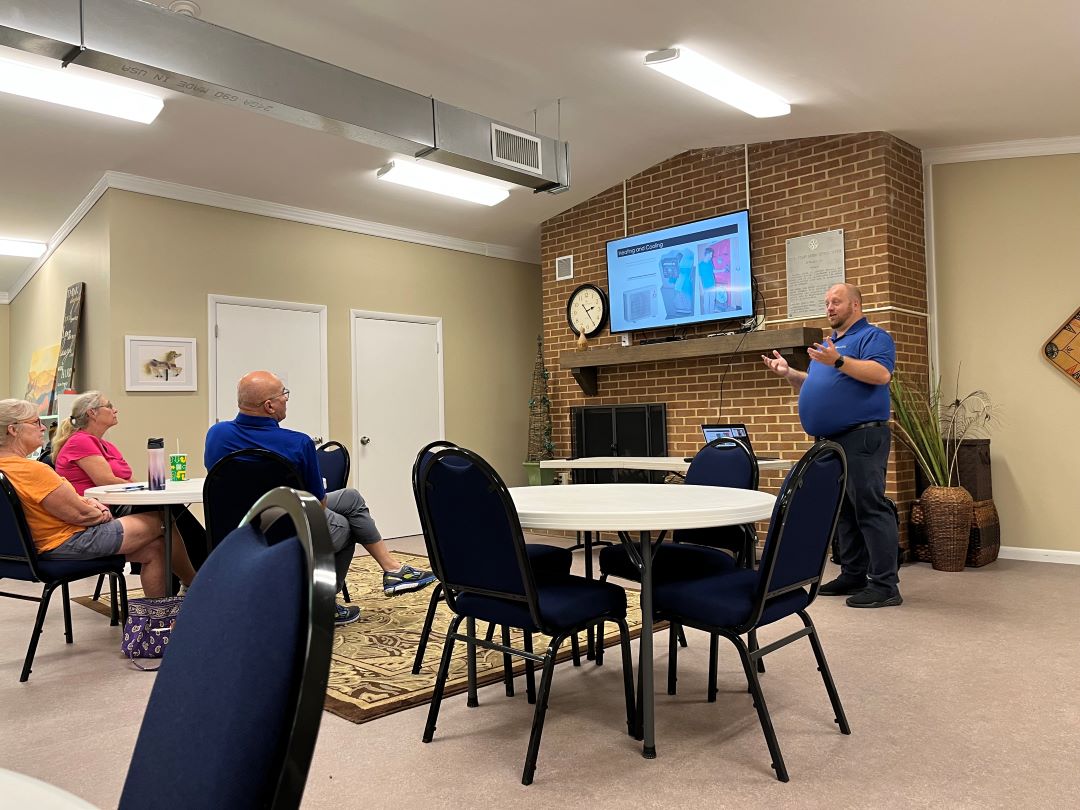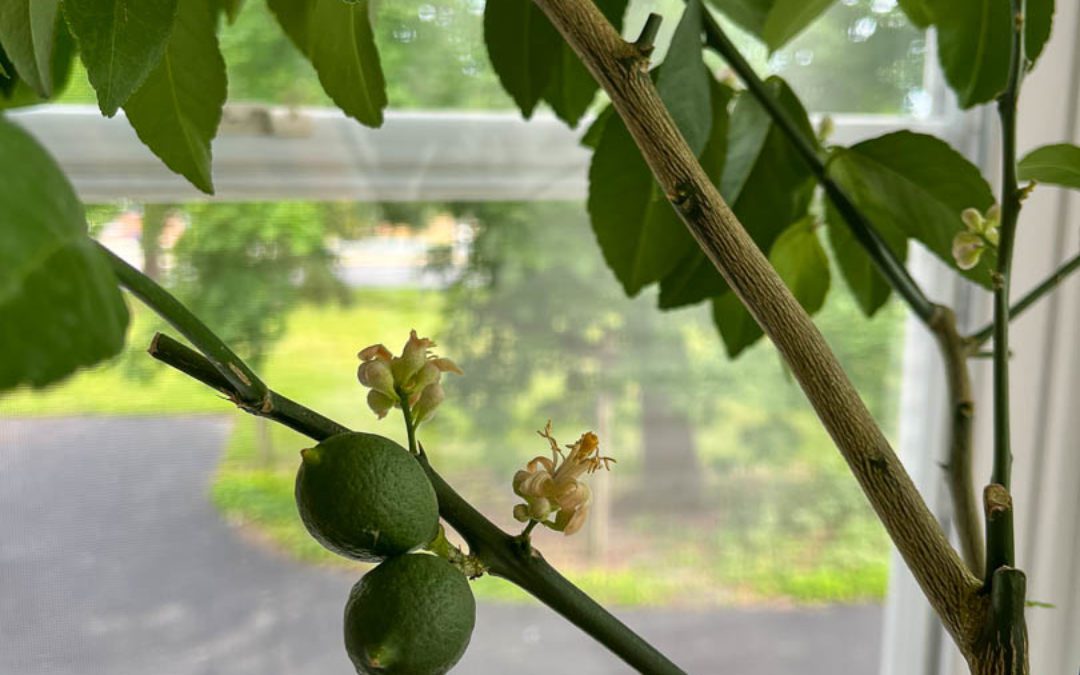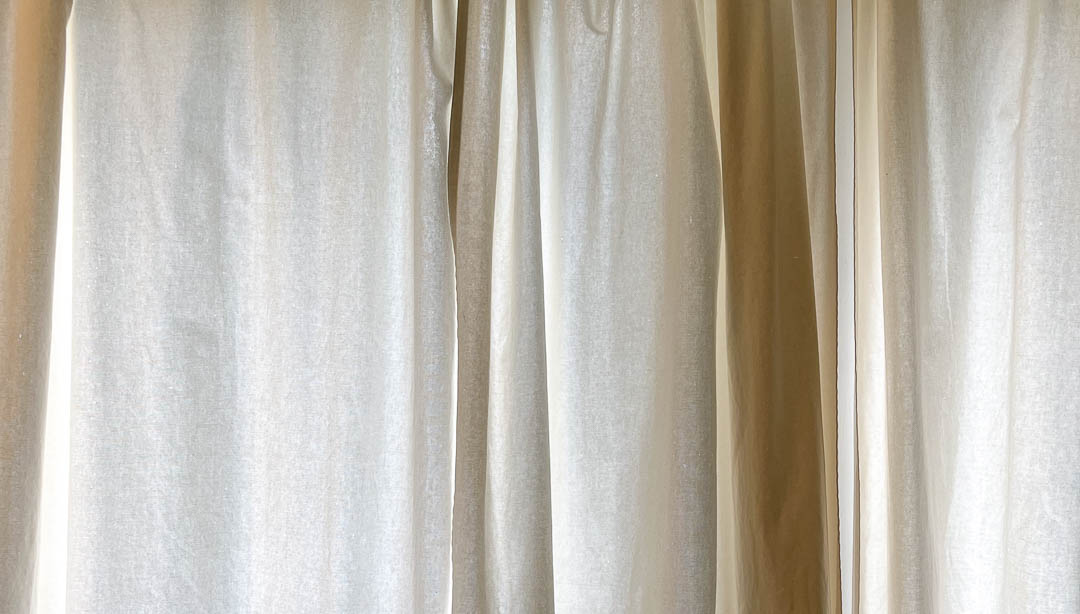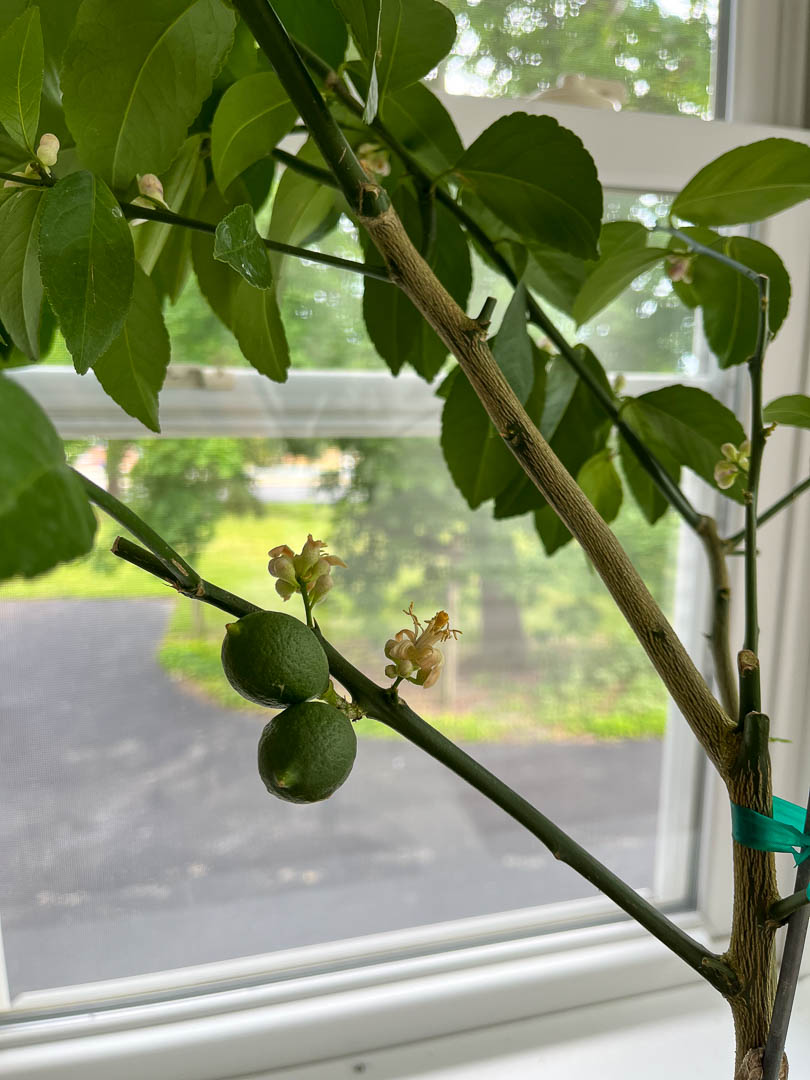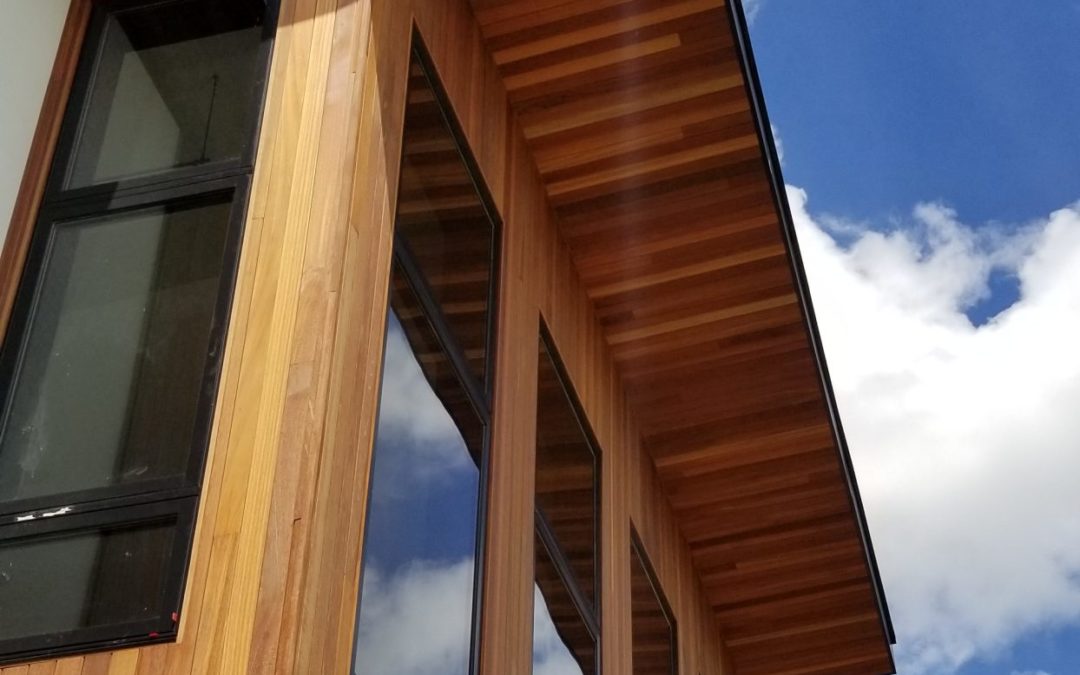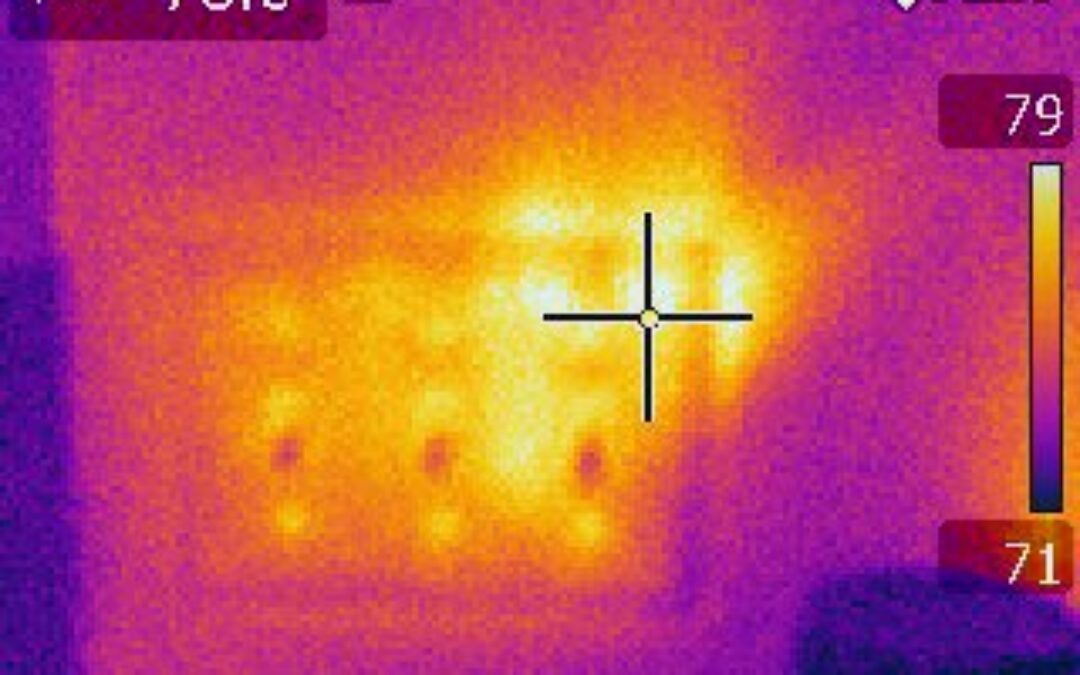
Cold weather Cold house No More
Do you have a cold house? This cold snap has been a great reminder of all the things you can do to your home to stay warm and comfortable. From air leaks to missing insulation to old windows, there are many things that can be improved in most homes.
Even if you are not ready to call in the contractors, there are simple things that you can fix on your own to make your home more resilient.
Stop the air leaks around every electrical outlet and light switch.
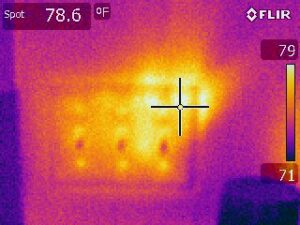
That’s right, air leaks exist around every electrical outlet and light switch in your home! Yes, your windows are also a source of air leakage, but first you need to stop these points. You probably have a lot more linear leak potential around outlets than you have window problems.
Seal around light fixtures and window trim.

Sealing around your light fixtures and window trim is also an easy way to help your home, and you can do this yourself. Caulk those joints where two materials come together. Here is more on how to pick the right caulk.
Think through other air leak areas.
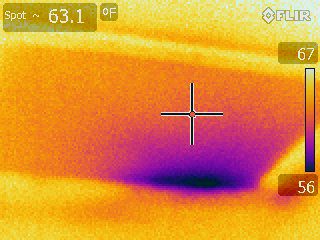
Basically, you’re doing it right now because you’re reading this blog. Think about where the air leaks could occur – think about all the places drywall was cut to install a vent, outlet, access panel, window, or light.
Good insulation is key!
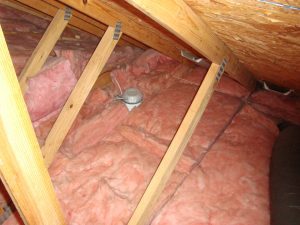
- Adding the right insulation in the right place is critical. Start in the attic, that “extra blanket you put over the house to keep the warm air inside“.
- Add insulating curtains and open them when the sun is warm and close them when you want to trap the warm air in your home.Utilizing natural light is a great way to save you money.
- Once the attic insulation is right, you should have someone conduct an energy audit to determine where else you need insulation corrections.
Indoor Air Quality
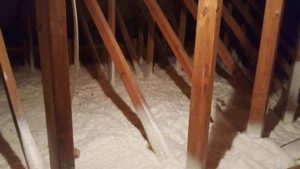
Thinking about your indoor air quality will help you stay well during these cold months when you’re spending more time indoors.
More Winter Considerations
Other winter considerations to cut your electric bill while staying warm are your fireplace, outside mechanical systems, windows, and duct leakage. All of these things impact your comfort and energy usage. If you have single pane windows you can add plexi inside of them or cover them in plastic for now – replacement is a longer term solution. If you have air leaks and missing weatherstripping, replace it. If you have insulation falling down in your crawl space put it back into place until you can encapsulate your crawl. If you have pipes coming through walls with air space around them, seal it up.
On cold days like this, I am very happy that we choose to focus on building science solutions that are proven and tested for our client’s custom homes. I know that they are comfortable in their dream homes.

